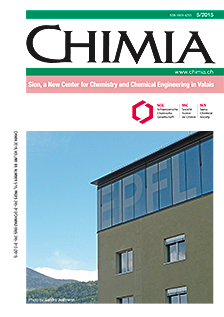Inkjet Printing Meets Electrochemical Energy Conversion
DOI:
https://doi.org/10.2533/chimia.2015.284Keywords:
Catalyst layers, Electrocatalysts, Electrode fabrication, Energy conversion, Inkjet printingAbstract
Inkjet printing is a very powerful digital and mask-less microfabrication technique that has attracted the attention of several research groups working on electrochemical energy conversion concepts. In this short review, an overview is given about recent efforts to employ inkjet printing for the search of new electrocatalyst materials and for the preparation of catalyst layers for polymer electrolyte membrane fuel cell applications. Recent approaches of the Laboratory of Physical and Analytical Electrochemistry (LEPA) at the École Polytechnique Fédérale de Lausanne for the inkjet printing of catalyst layers and membrane electrode assemblies are presented and future energy research directions of LEPA based on inkjet printing in the new Energypolis campus in the Canton of Valais are summarized.Downloads
Published
2015-05-27
Issue
Section
Scientific Articles
License
Copyright (c) 2015 Swiss Chemical Society

This work is licensed under a Creative Commons Attribution-NonCommercial 4.0 International License.
How to Cite
[1]
Chimia 2015, 69, 284, DOI: 10.2533/chimia.2015.284.







